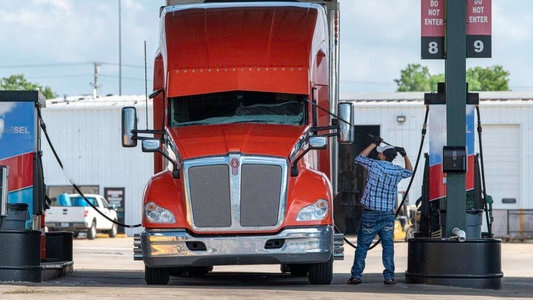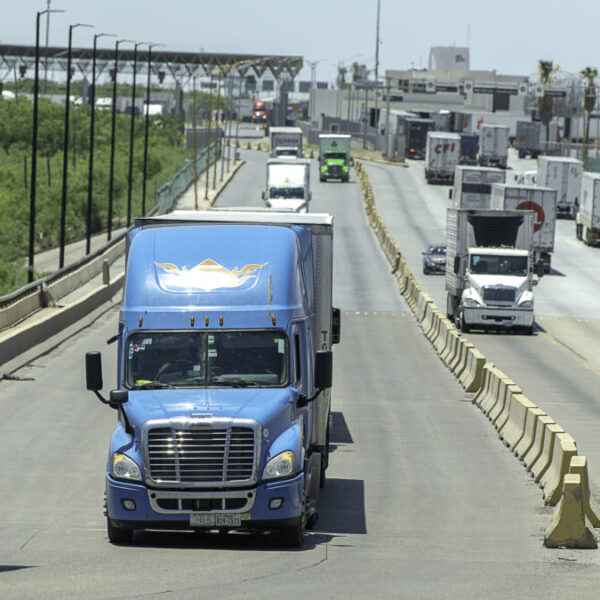The Department of Labor recently released its long-awaited final rule on distinguishing between employees and independent contractors. Reactions remain mixed on whether the complex guidelines will provide needed clarity or further muddle worker classification issues.
For trucking, modest positives exist but core concerns persist over the potential erosion of contractor-owner-operator models. With implementation looming on March 11, all sides are posturing for the next round in the high-stakes battle over today’s shifting labor arrangements.
Argument Over Rules Continues
Industry groups maintain the rule adopts ambiguous standards that could threaten independent contractor freedoms. However, experienced attorneys say courts won’t defer much to detailed regulatory interpretations. In their view, the final rule breaks little new ground despite 18 months of bureaucratic work.
Investment Considerations Aid Owner-Operators
In one positive area, the Labor Department softened rigid dollar-based investment thresholds for contractors after criticism. The final language examines investments more qualitatively – whether they allow income generation similar to that of the hiring company.
For truckers, this better accounts for major outlays by owner-operators for rigs and equipment. With traditional leased-on models, contractors make comparable capital investments to carriers for mobile assets supporting hauling services.
CDL Proof of Specialized Skill
The agency also explicitly recognized that commercial driver’s licenses (CDLs) indicate specialization, often gained through extensive training. Possessing proven skills bolsters claims to contractor status for drivers.
Industry comments emphasize owner-operators with CDLs bring unique human capital to bear via judgment, safety know-how and gear management. This human “equipment” can outweigh company investments in physical assets.
Safety Rules Don’t Prove Employer Control
For trucking, the Labor Department conceded that requiring legal and safety compliance doesn’t necessarily show employer control over a contractor. Given extensive federal and state regulations governing equipment, load securement, driving time, etc., drawing control inferences from compliance efforts poses problems.
The trucking sector relies heavily on contracted owner-operators handling compliance within overall transportation objectives set by licensed motor carriers. The revision usefully reflects operational realities.
But the Core Control Focus Remains
Despite selected promising language, the rule retains a holistic approach to scrutinizing employer control over work details. Control has dominated past legal precedent and continues as the touchstone for separating contractors from employees.
For trucking, challenges persist over how guidance on control concepts will be applied case-by-case. Critics say loose wording allows room for second-guessing contractors’ independence down the line.
Work Initiative is Also Worrisome
Likewise, the ambiguous discussion of contractors demonstrating “initiative” perpetuates uncertainty about business execution freedoms. Real-world operators often rely heavily on carrier dispatching, booking and other infrastructure while remaining viable standalone entities.
Parsing initiative from necessary reliance on affiliated motor carriers under contract will continue to vex both industry and enforcers. The guidance falls short of clarity in transportation labor’s gray areas.
Enforcement Approach is Unclear
Perhaps most unsettling, the rule omits details about enforcement plans. Trucking contractors wonder if aggressive audits or legal complaints await once the policy takes effect. Under the current administration, businesses brace for more probing of compensation, safety and operational freedoms.
Without insight into investigation policies, truckers cannot adequately weigh the risks to current carrier-contractor relationships. Regulated industries dislike unpredictable regimes given their razor-thin margins.
Courts Ultimately Decide on Status
In issuing its open-ended interpretation, Labor attempted to solidify the legal foundations for worker status questions. However, the Department holds no ultimate power over classification outcomes in disputed circumstances. The courts remain the final word.
Judges have long grappled with contingent worker issues as traditional standards clash with emerging gig employment options. Updated regulation adds marginal value for time-pressed jurists deliberating these complex disputes.
The trucking sector is now entering a reactive period with the contractor rule becoming effective in early March. Companies and drivers must monitor enforcement trends along with court treatment of classification tests under the renewed guidance. An uncertain path lies ahead with worker flexibility hanging in the balance.
By leveraging their expertise and resources, Lading Logistics aims to provide efficient and reliable international shipping and logistics solutions for their clients.



